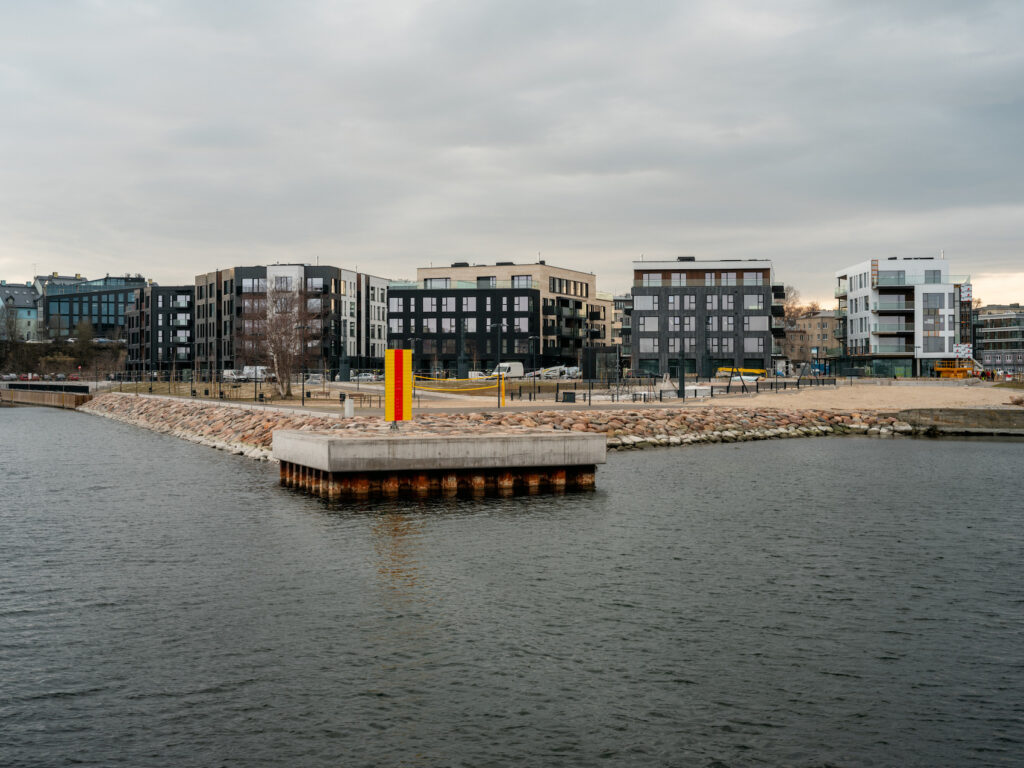Questions by Johanna Holvandus. Replies by Ott Kadarik (Kadarik Tüür Architects, author of Kalaranna 8 buildings) and urbanism-related Facebook group ‘mitte_tallinn’
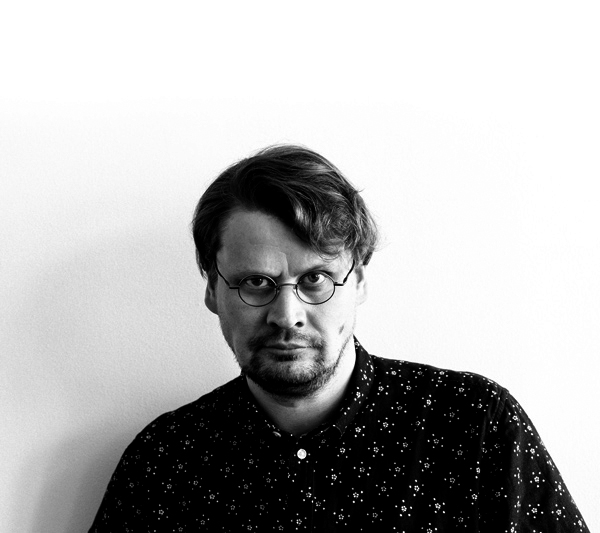
OTT KADARIK
Kadarik Tüür Architects, author of Kalaranna 8 buildings
Considering that, on the one hand, Tallinn is becoming more and more segregated and providing affordable housing is proving to be a challenge for the municipality, and that, on the other hand, the waterfront areas are hotspots for real estate development with very specific target groups in mind, what steps do you see that developers and architects could take to facilitate the development of a more fair urban space which would hopefully relieve the polarisation process? What is required from the municipality so that the architects/developers could take these steps?
Estonian urban development was halted for about 50 years, and after the restoration of independence in 1991, we were finally able to start catching up, so to speak. I do not believe much in strong regulations, because some people, potential buyers, are more resourceful than others, which leads to a difference in opportunities. People adjust their preferences according to their possibilities—if you do not have the necessary resources to buy an apartment in Kalarand, you look for it elsewhere. Thus, I don’t believe that we are going to see some other kind of crowd end up living among upper middle class. In the Soviet times, it might have been indeed the case that the poor lived near the Town Hall in the Old Town, because back then, more prestigious and modern dwellings were in the apartment blocks.
The illusion that an architect could intervene in the process of housing development so as to determine who are going to buy the apartments is just that—an illusion. If anything, the architect can make a difference by choosing the building materials or trying to reduce the carbon footprint. The architect might also be able influence or suggest who are the people who will be using the space surrounding the buildings. In Kalarand’s case, it was likewise important what that space used to be before, and what it would be after urban renewal—after all, the buildings themselves are rather eclectic, and could have been much better, of course. But the main goal was to create a high-quality space between the buildings, which would retain part of the beach as public. This is where the architect can intervene, because the area has also other users than just the residents.
Do you see that the newly-developed public waterfront in Kalarand might still be closed off at the request of apartment owners?
Completely out of the question. I have no idea where these fears stem from. But what the developers of Kalarand have done—hats off to that. I am looking forward to proper spring and for the last ping-pong tables to arrive. I am very excited to see how the space will come alive. All the good stuff has been preserved and all the unpleasant stuff—dangerous waste and dark corners—has been removed. It is inevitable that the contingent has changed—junkies have been pushed to the other side of Linnahall. In fact, it is about time to clean up also Linnahall and its surroundings, in order to give a new life to the area.
What are the main keywords with regard to the qualities of today’s waterfront developments in Tallinn (Kopli, Noblessner, Kalarand, Reidi Road, Pirita)? To whom are these qualities created for, or, who are going to use these spaces?
This is fully determined by the space between buildings. The Rotermann Quarter was the first that really gained momentum in that respect, and it is very interesting to observe how it develops in the future. It is obvious and somewhat inevitable that quality spaces such as Tallinn waterfronts will be exploited as efficiently as possible. Therefore, the land owner’s first thought is certainly not going to be to place a playground or social housing there. On the other hand, such real estate hotspots tend to move around over time—it used to be Kalamaja, but now it is shifting toward the Kopli Peninsula.
Could the next real estate development hotspot be an apartment block district?
The thing about large housing estates is that a very large segment of non-Estonian speakers live there, and their dwelling preferences are very tightly tied to their social networks. If someone is starting to do better, it first becomes apparent in a new car and then a new flat. But moving away from the neighbourhood means losing your social networks. That is why we are seeing a new kind of Lasnamäe—the elevators are no longer vandalised as much, and the apartments have bigger windows. But generally, I do not see Lasnamäe becoming a hotspot.
How would you describe spatial activism today?
Unfortunately, the general impression is that it is full of blind hate. It reminds of the commenting section in Delfi where people are indiscriminately protesting and lashing out at everything without actually understanding or taking the time to learn about the issue. There seems to be no dialogue whatsoever. Thus, knowledgeable people speak up less and less, and this makes the general impression even more hostile. The sad thing is that all this thoughtless shouting undermines any kind of dialogue and this ultimately runs against the goals of the activists themselves. It seems that the Soviet mentality of ‘those who yell the loudest get what they want’ still prevails. In fact, the result is pretty much the opposite, and in the end, there is no dialogue at all.
The neighbourhood associations used to be awesome back when they still could actually read the planning documents and give constructive criticism, in addition to simply marching on the street and drumming. Today, I see positive activism only after the development or building has been completed—that is when you might get some praise, or even mentioned as an example to follow. But throughout the building process, no one is usually happy about anything. People have a very limited perspective, whether they are looking back or ahead. This is also why architecture is an interesting discipline—your work takes shape over several years and often one or more changes of government. We are not building in a slap-dash manner, after all.
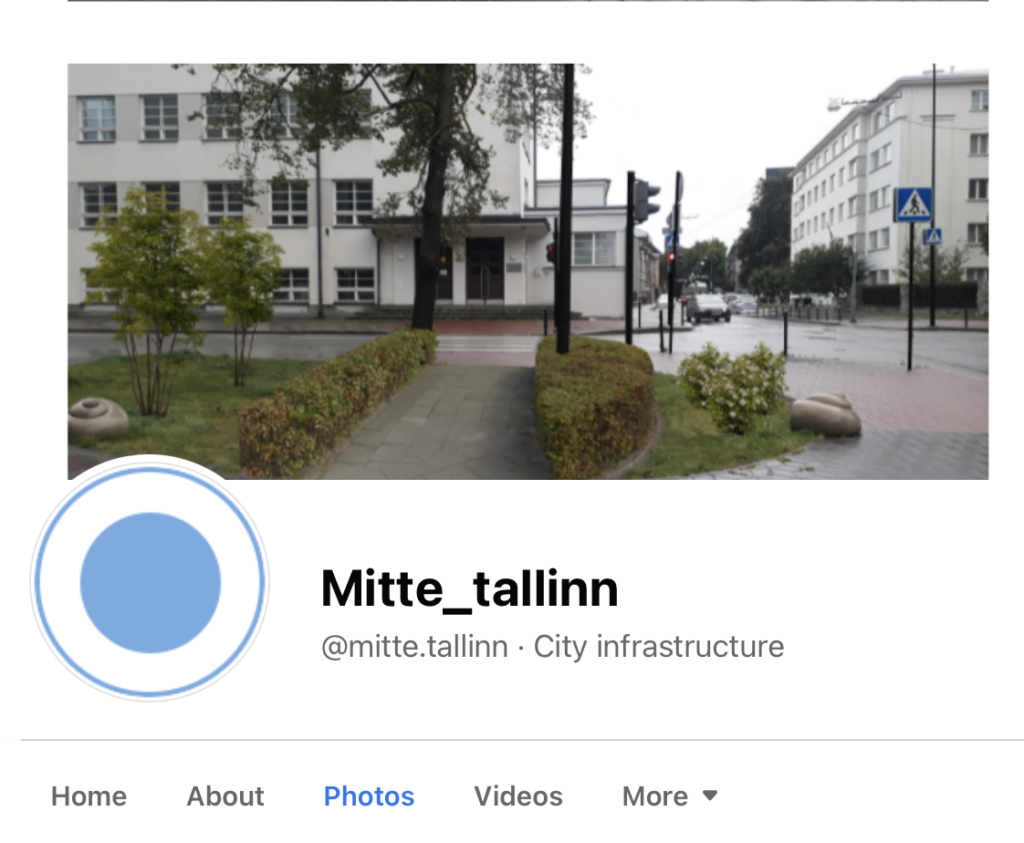
Replies by Facebook group ‘Mitte_tallinn’
In your activities, you have been pointing out deficiencies in the urban landscape of Tallinn and shortcomings in urban planning and management, with the appeal to elevate spatial development to a higher standard. In view of this, how would you assess the newly-developed Kalarand, as well as other recent waterfront developments, in terms of spatial quality, opportunities and dangers?
Waterfront developments are driven by private owners and this, unfortunately, determines their urban spatial identity. There are some research papers in Estonian that focus on semi-public spaces. Dangers include time restrictions, sitting prohibitions and monetary obstacles, which turn these areas essentially into extensions of the developed indoor spaces where only certain people at certain times are welcome. Any development should always encompass dwellings, office spaces, shops and cafes.
If there is no grocery store in Noblessner for its thousands of residents, then it is like a guest apartment with no kitchen—no actual living comfort. The developer does not wish to see bread crumbs or tomato stains or anything else that comes along with actually living in the space. Kalasadam seems to be the same. They abandoned the plan to build residential apartments beside Admiraliteet. The city and the developer should understand what constitutes a good living environment—it is not congested streets, but a high concentration of people and consequent benefits. Such dense urban spaces provide diverse choices from health services to businesses and shops. And yet, Tallinn’s waterfront is being developed as if it were a suburban golf club.
How has the role of urban activists changed since the mid-2000s? What has become of spatial activism and what are its future perspectives in Tallinn and Estonia more broadly?
It seems the spatial activism of the 2000s tried to remind the city and its residents that people in fact do l i v e in a city. That there are people here who might enjoy taking a stroll near their homes, having a conversation with others living in the neighbourhood, etc. Our criticism is targeted at the city government, because all that they took from that activism is that once a year they should support some fun festival, where vendors can sell stuff from their cars to locals on their home street. Their mentality seems to be stuck in a place which is well represented by the Tondiraba park development—let’s build a place where people can go for a ‘stroll’ and call it a day. So instead of actually investing in good everyday urban environment, they still think in terms of one-off projects. Take Uus Maailm and its community association, for example—we can see that the whole neighbourhood has not seen any spatial modernisation in the last 15-20 years. As soon as its couple of enthusiasts disappeared, the movement became a fading memory with no tangible changes left behind in the urban environment. All the streets in Uus Maailm look exactly the same as they were during the heyday of the community association.
Let’s hope that spatial activists do not accept this any longer. If the city promises changes and contributions on its part, then we really do want to see tangible actions. Even with all this scrutiny, Tallinn still has not been able to elevate the quality of urban space with its projects. It seems that there are more and more ordinary (non-activist) citizens who are able to create far better spaces than what the city has created or commissioned. This pushes spatial activism to a new level. Instead of vague calls, they have very specific demands. The activists are no longer satisfied with the reply ‘no, we can’t’ and demand that city officials who utter it should be dismissed.
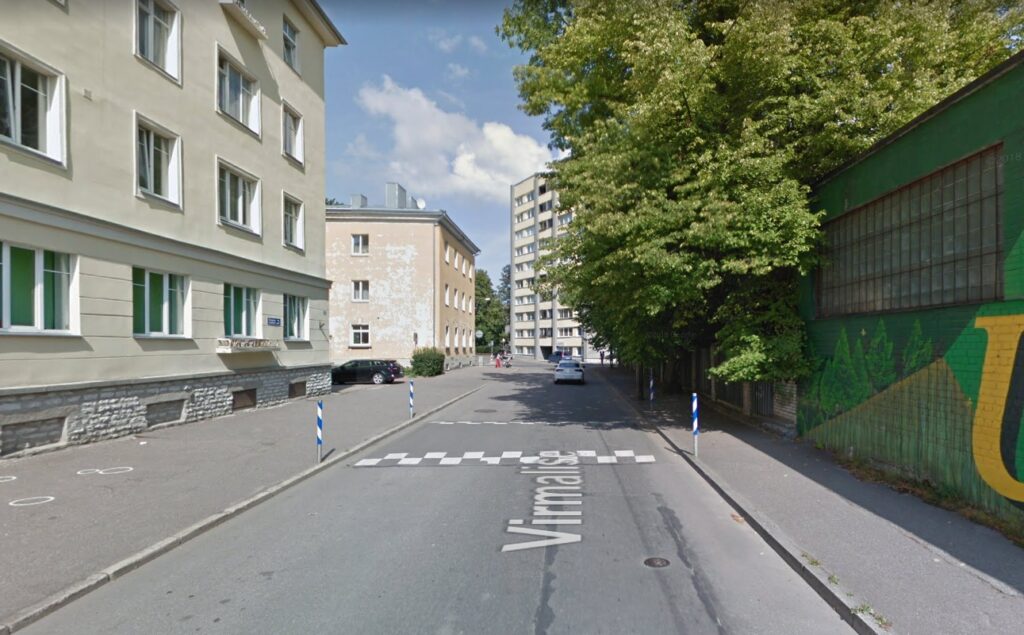
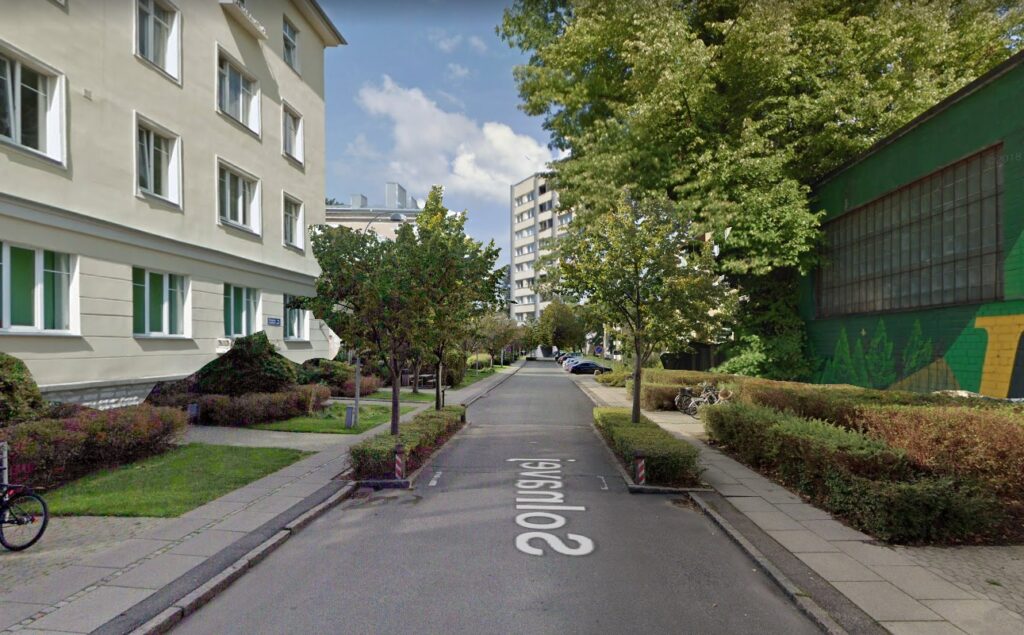
HEADER: Kalaranna Quarter. Photo by Tõnu Tunnel
PUBLISHED: Maja 108 (spring 2022) with main topic Opening Tallinn to the Sea

